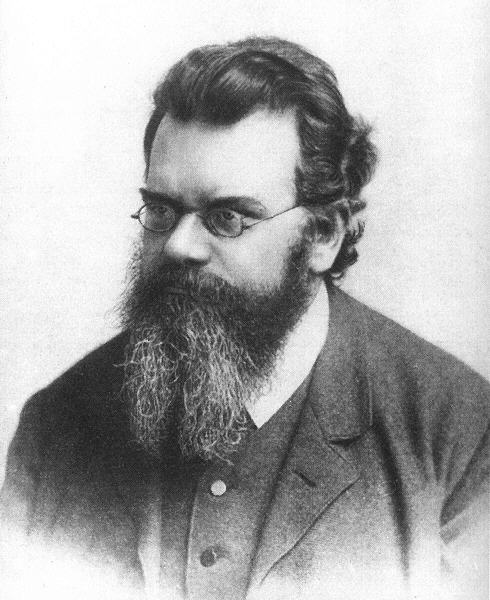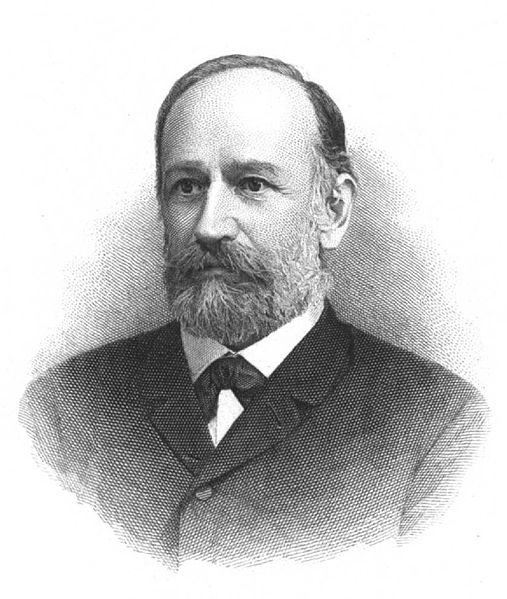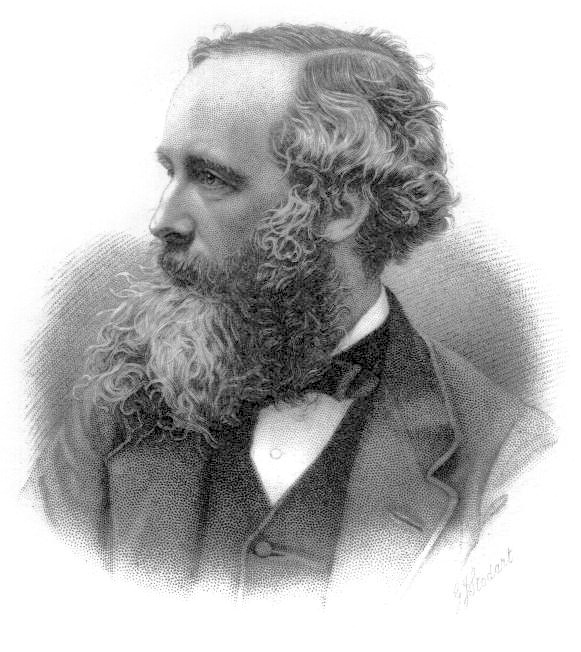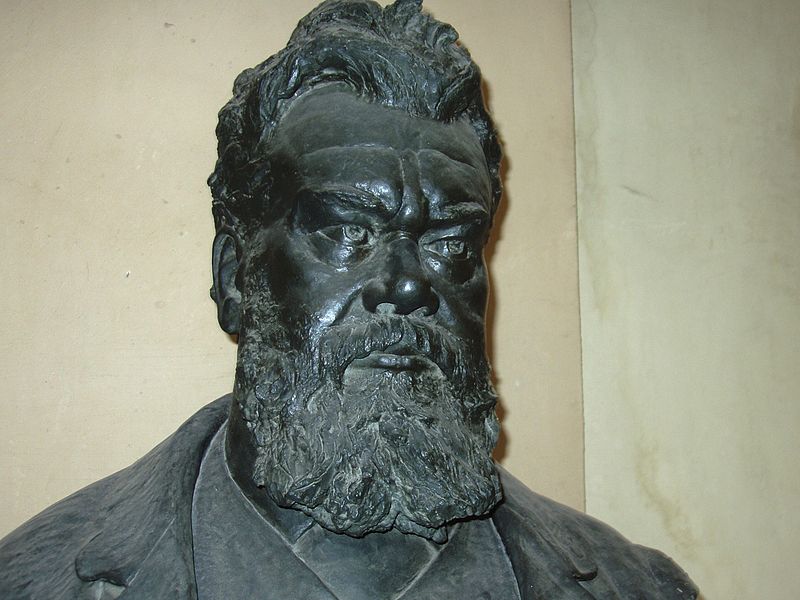
The 19th century was a turning point for science and physics, in part due to the introduction of thermodynamics and statistical mechanics. Austrian physicist Ludwig Boltzmann had a large role in the advancement of these areas, cementing his legacy as one of the most significant physicists of the time.
A Life in Academia
Ludwig Boltzmann was born on February 20,1844, in Vienna, Austria. Growing up, he was interested in literature and music, specifically piano. He received a private education at home until high school, thereafter spending most of his time between different academic institutes, first as a student and then as a professor.
In 1863 he began his studies in mathematics and physics at the University of Vienna. During his time at the university he studied under Josef Stefan, who introduced Boltzmann to the work of James Clerk Maxwell. Boltzmann received his PhD in 1866 and his venia legendi (permission to lecture) three years later.

Portrait of Ludwig Boltzmann. Photo by unknown author, licensed under the public domain in the United States. PD-US, via Wikimedia Commons.
Following his studies, at the age of 25, Boltzmann became a mathematical physics professor at the University of Graz, Austria, and eventually became president of the university in 1887. Graz is also where he met his wife, Henriette von Aigentler, who sought to be a teacher of mathematics and physics during a time when women weren’t yet permitted in Austrian universities. With support from Boltzmann, she was able to successfully appeal for permission to audit lectures.
Boltzmann was appointed as Chair of Theoretical Physics at the University of Munich in 1890, and in 1893, he began working as a professor of theoretical physics at the University of Vienna.
The Boltzmann Equation and Lattice Methods
Throughout his career, Boltzmann made countless contributions to the fields of math and physics. One widely known contribution is the Boltzmann equation. Formulated in 1872, this equation is used to determine the behavior of a thermodynamic system that is not in equilibrium. For instance, it can be used to describe the change of particle quantity in a thermodynamic system.
Moreover, the lattice Boltzmann methods (LBM) are named after him, where the Boltzmann equation is solved on lattice. These are computational fluid dynamics (CFD) methods for simulating fluid flow. LBM is well suited for handling complex problems and accounting for microscopic interactions. It is commonly used when working with porous media, biomedical flows, and fuel cells.
From Student to Academic Peer
When you hear the name Boltzmann, the names Stefan and Maxwell may closely follow. This association is not just because Stefan was Boltzmann’s advisor and Maxwell one of his inspirations, but because Boltzmann’s own work was valuable enough to become intertwined with that of his predecessors. With the Stefan–Boltzmann law and Maxwell–Boltzmann distribution, Boltzmann earned himself a spot next to the men who influenced him when he was just a student.


Portraits of Stefan (left) and Maxwell (right). Left photo by K. Schönbauer, licensed under the public domain in the United States, via Wikimedia Commons. Right photo digitized from an engraving by G. J. Stodart from a photograph by Fergus of Greenock, licensed under the public domain, via Wikimedia Commons.
Stefan–Boltzmann Law
In 1879, research by Stefan made it possible to determine the relationship between a blackbody’s radiant energy and temperature. His work, based on the experiments of John Tyndall, resulted in the conclusion that the energy was proportional to the fourth power of temperature. Boltzmann expanded on Stefan’s work from a theoretical perspective several years later, creating the Stefan–Boltzmann law. This law can be used to determine the temperature of stars and Earth’s effective temperature.
Maxwell–Boltzmann Statistics and Distribution
Thanks to Stefan’s tutelage, Boltzmann was fascinated with the work of Maxwell, particularly the Maxwell distribution of molecular velocities — the first statistical law in physics. In 1864, five years after Maxwell devised his distribution, Boltzmann pioneered what is now known as one of the pillars of physics: statistical mechanics (though the name statistical mechanics wasn’t established until 1884 by American physicist J. Willard Gibbs). Statistical mechanics is used to describe the relationship between macroscopic properties and fluctuating microscopic parameters. It can be used to model the speed of chemical reactions, for example.
Although Maxwell and Boltzmann worked independently, common physics tools used today are known as the Maxwell–Boltzmann distribution and Maxwell–Boltzmann statistics. The distribution was first used to describe the speed of particles in idealized gas. Maxwell–Boltzmann statistics can be used to extract the Maxwell–Boltzmann distribution of an ideal gas, describing the distribution of material particles over different energy states in thermal equilibrium.
Remembering Boltzmann
There is far more that could be said about Boltzmann, whether about his namesake constant or relation in plasma, his work on materials with memory, or even the philosophical Boltzmann brain thought experiment — an existential theory that has sparked debate among physicists and philosophers alike, even today. There are also pertinent research organizations and awards that honor Boltzmann, such as the Ludwig Boltzmann Gesellschaft (LBG) research organization and the Boltzmann Medal, which is awarded by the International Union of Pure and Applied Physics (IUPAP) once every three years for outstanding work in statistical mechanics.

This bust of Boltzmann finds its home in a courtyard at the University of Vienna, where Boltzmann’s studies of mathematics and physics first began. Image by Daderot at en.wikipedia, licensed under CC BY-SA 3.0, via Wikimedia Commons.
Today, in honor of how he changed the course of physics, let’s wish Ludwig Boltzmann a happy birthday!
Further Reading
- Learn more about the life and work of Ludwig Boltzman here:
- See how Boltzmann’s work is being used in the modern era, specifically as it applies to multiphysics simulation, on the COMSOL Blog:



Comments (1)
Telkom University
June 21, 2024What specific changes in a thermodynamic system can be described using the Boltzmann equation?